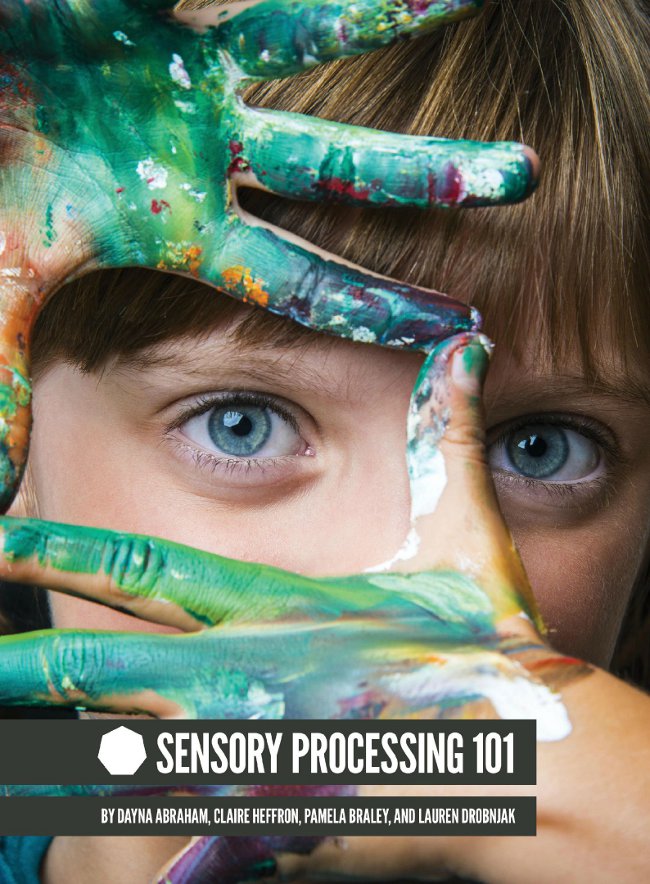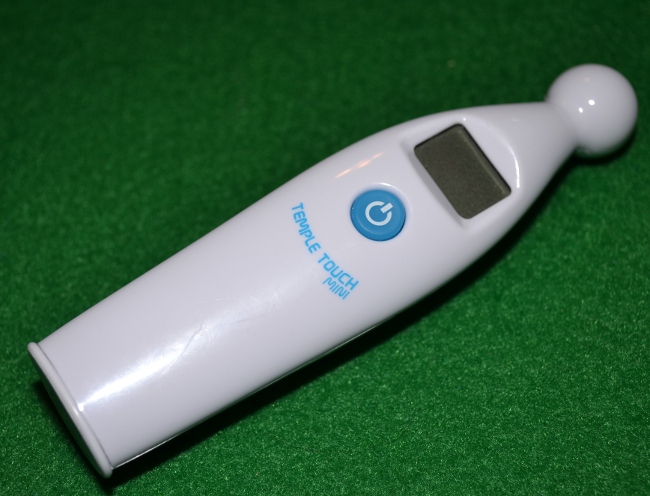Affiliate links may be included for your convenience. View our privacy and affiliates policy for details.
I am a part of the Sensory Processing 101 affiliate program, so if you click on a link in this post and buy the book, I’ll get a little money. I’d appreciate it if you did! All opinions are my own.
Our bodies are amazing things when they work properly. They allow us to sit, stand, jump, run, taste, feel, stay balanced, hear and understand things, coordinate muscles to catch a ball or write with a pencil.
When everything works the way it is supposed to, we don’t even have to think about it. But when those sensory processes break down it can cause a lot of problems that you might not at first even think are related to sensory processing.
Think about a child who covers her ears around unfamiliar noises that might not even be that loud, or the kid who puts everything in his mouth at an age when that’s no longer considered normal. A child who can’t sit still, a picky eater, or a child made sick by a smell that barely registers to you could all be expressing components of sensory processing problems.
Sensory processing is a big issue that covers a lot of different things, and parents might not have even heard of the term if they haven’t talked to a doctor or therapist about their child’s issues.
And it can be confusing to parents to figure out what’s normal, what isn’t and when it might be time to seek professional advice.
Dayna Abraham is a teacher and mom whose son has Sensory Processing Disorder. She blogs about homeschooling and SPD on her blog Lemon Line Adventures. She teamed up with the pediatric occupational and physical therapists at the Inspired Treehouse (Claire Heffron, Lauren Drobnjak and Pam Braley) to write Sensory Processing 101, which provides a quick overview for parents and teachers about the issues that can fall under the sensory processing umbrella as well as activities you can do with kids to focus on particular sensory issues.
The book is in no way meant to serve as a means of diagnosis or to replace working with a therapist or doctor, but it does give parents a place to start if they’re wondering if a child’s behavior is normal or if a doctor or teacher mentions sensory processing and they don’t know what that means.
Three Guides in One
This full-color, almost 200-page book begins with an overview of what sensory processing is, what Sensory Processing Disorder means and what it does not mean. Then the book looks at each of the senses or systems that are involved in sensory processing from a therapist’s perspective and a parent’s perspective, including:
- the auditory system
- the olfactory system
- oral sensory processing
- the proprioceptive system (which has to do with movement)
- the tactile system
- the vestibular system (balance and confident movement)
- the visual system
There are tips on what to look for if you think your child is having a sensory processing problem, ways to determine if it’s “just a phase” and how to start getting help for your child.
The second part of the book includes sensory activities that focus on the different systems, ranging from sensory boxes to guessing different scents, walking in a safe place while blindfolded, different ways to play on swings, movements to make with the mouth, jumping in hula hoops, I-spy bottles and much more.
Finally there are resources and printables you can use to gain more information and support, ideas for building sensory bottles and bins, cheat sheets on the different sensory systems and more.
This book is a great resource for getting started learning about sensory processing and giving parents and teachers ideas for things to try with kids who might be showing problems. It’s not the end of your research by any means, but it is a really great place to start.
You can get a chapter of the book free to learn more, and if you buy before Sept. 22 you can get three bonus downloads, including a guide to teaching children about sensory processing, shareable cards and a sensory processing memory game.
The guide is available as a PDF (and you can purchase just one section or all three) or as a print book on Amazon. This is really a great guide to the basics that’s a good read even for parents whose kids don’t exhibit sensory processing issues, and the activities are fun for any child to try.
Do you have or know a child with sensory processing issues? I’d love to know what has helped them!



